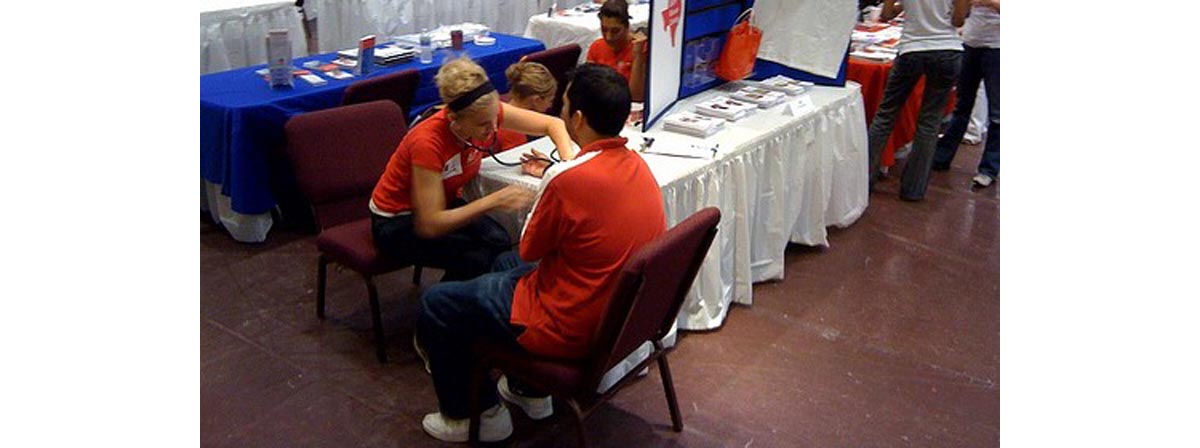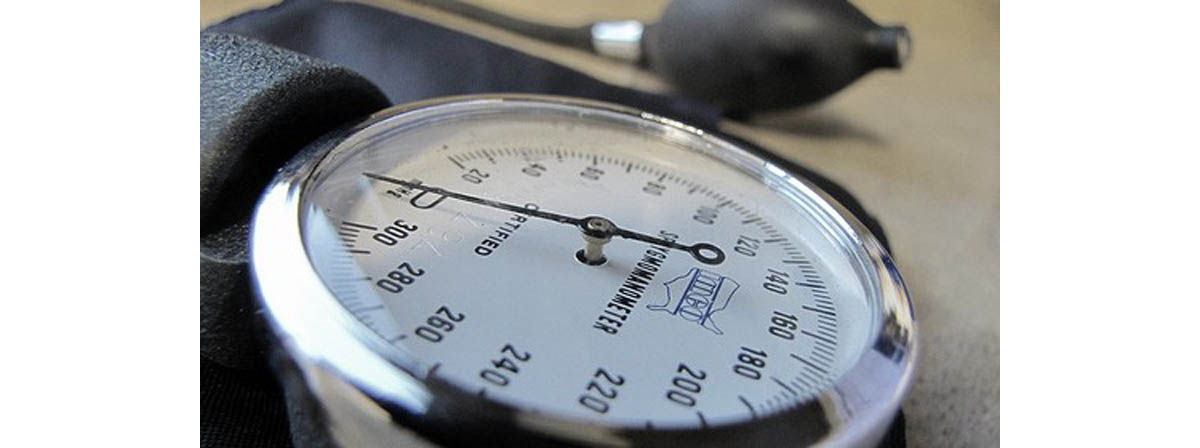Is the weather rather hot where you are at the moment? You may just be feeling weak, dizzy and nauseous — if you're unlucky, all day long. If you are experiencing these symptoms and perhaps also suffer from blurred vision, an irregular heartbeat, and confusion, you should pay special attention.

Low Blood Pressure In Summer
Hypertension or high blood pressure is a condition many people have. Sometimes it can be remedied with natural medications and lifestyle changes, but hypertension patients may also require medication. Contrary to popular belief, high blood pressure can come with some symptoms (severe headaches, fatigue, an irregular heartbeat, feeling on edge) that can, if recognized, lead a person to measure their blood pressure to check and then make a doctor's appointment when the meter shows "off the charts" readings.
Everyone knows that high blood pressure can be dangerous and deserves to be taken seriously. Low blood pressure, on the other hand, is usually harmless and therefore discussed much less often. The symptoms described above coupled with confirmed hypotension can actually point to an insufficient blood flow to the brain and vital organs. That certainly deserves your attention!
Low temperatures cause your blood vessels to narrow or tighten, and narrower vessels mean a higher pressure is needed to guide blood through the body. This is why many hypertension patients find that their blood pressure is higher during the winter, while they may even be able to lower their medication dosage during the summer, when the blood vessels widen again.
Summer may be the best time of year for hypertension sufferers, in other words. But natural blood pressure changes that result from temperature shifts are a double-edged sword. People who have a tendency toward low blood pressure — hypotension — may find that high temperatures like those you may encounter during your regular summer, a heat wave, or when you go on vacation, lead to unpleasant symptoms.
When Is Low Blood Pressure A Problem?
A person's blood pressure should ideally be at around 120/80. That means the systolic pressure is at 120, and the diastolic is at 80 or less. A higher blood pressure is a potential problem, a if your blood pressure is consistently much higher, you may be diagnosed with hypertension. A blood pressure that is lower is not generally considered to be a problem, and there isn't a specific cut-off that will give you the diagnosis of hypotension.
Medical professionals tend to classify low blood pressure as a problem only if the patient has noticeable symptoms that impact their daily life negatively. These symptoms interfere with a person's daily life all by themselves, but they also indicate that the blood flow is insufficient, and the brain and other vital organs could be lacking blood.
Here is a full list of low blood pressure symptoms that you might be experiencing — especially if you are going through a hot summer right now — and that should tell you that it's time to pay your doctor a visit:
- Feeling dizzy or light-headed
- Feeling like you may faint, or actually fainting
- Not being able to focus
- Fatigue
- A low mood
- Confusion
- Depression
- Blurred vision
- Pale skin that feels colder than it should
- Breathing issues
- Feeling rather thirsty — could also simply be caused by not drinking enough water, especially in summer
If you are spending a lot of time in climate-controlled spaces, you may notice these symptoms only when you venture outside and are exposed to "the elements".
What You Can Do To Boost Your Blood Pressure
Are you experiencing low blood pressure symptoms? Measuring your blood pressure is a good first step, which you certainly need to take — but watch out; if your blood pressure turns out to be normal, you will still need to see a doctor to investigate the real cause of your symptoms. You can find out what your blood pressure is with a good-quality cuff at home (ask a relative or even neighbor who suffers from high blood pressure), at most pharmacies, or at your doctor's office.

Once you know you have low blood pressure, it is still advisable to see your family doctor for a consultation. Meanwhile, there are many things you can do by yourself to get your blood pressure to go up.
You already know that your low blood pressure is probably caused by the hot temperature this summer. So, stay out of the hot sun and try to see if your symptoms and blood pressure will improve if you stay in an air-conditioned space most of the time. Regular cool showers may also help you.
Almost everyone is aware that they should drink more water during the summer to make up for the fluids they lose through perspiration, but few actually follow this common-sense path of action. Drinking plenty of clear fluids this summer will increase your blood volume, fight dehydration, and will probably make you feel better. Steer clear of alcohol, which has a dehydrating effect, at the same time.
Also make sure that you eat a healthy and balanced diet, but with a few variations you are probably not used to. When you suffer from low blood pressure, it is best to eat smaller meals more frequently to keep your blood pressure steady. Don't eat too many carbohydrates and consume plenty of fresh fruits and vegetables — summer salads are a perfect meal for you if you have summer hypotension.
Feel free to increase your salt intake, with your doctor's consent, because it might well ease your symptoms. You'll find salt in soy sauce, sardines, and licorice as well as in.... table salt, which you can add to most foods.
Drinking more coffee and other caffeinated drinks is also likely to send your blood pressure right up. Once again, OK this with a competent healthcare professional before taking this step, because too much caffeine can, of course, lead to certain problems including an irregular heartbeat.
Finally, change positions slowly. If you get up too quickly and are too active after lying down or sitting, it can make your blood pressure drop. Experiencing a drop in blood pressure after getting up is called postural hypotension, and it happens more to older people. For some, taking a few deep breaths and starting off slowly is actually enough to put an end to low blood pressure symptoms altogether.
If none of those steps seem to help you, you are strongly advised to get in touch with your family doctor as soon as possible. Hypotension can make you sluggish and unable to be productive, and the sooner you address the issue, the more quickly you can return to your normal life/
- Photo courtesy of ilovebutter by Flickr : www.flickr.com/photos/jdickert/3867084417/
- Photo courtesy of jasleen_kaur by Flickr : www.flickr.com/photos/jasleen_kaur/4388052026/


Your thoughts on this